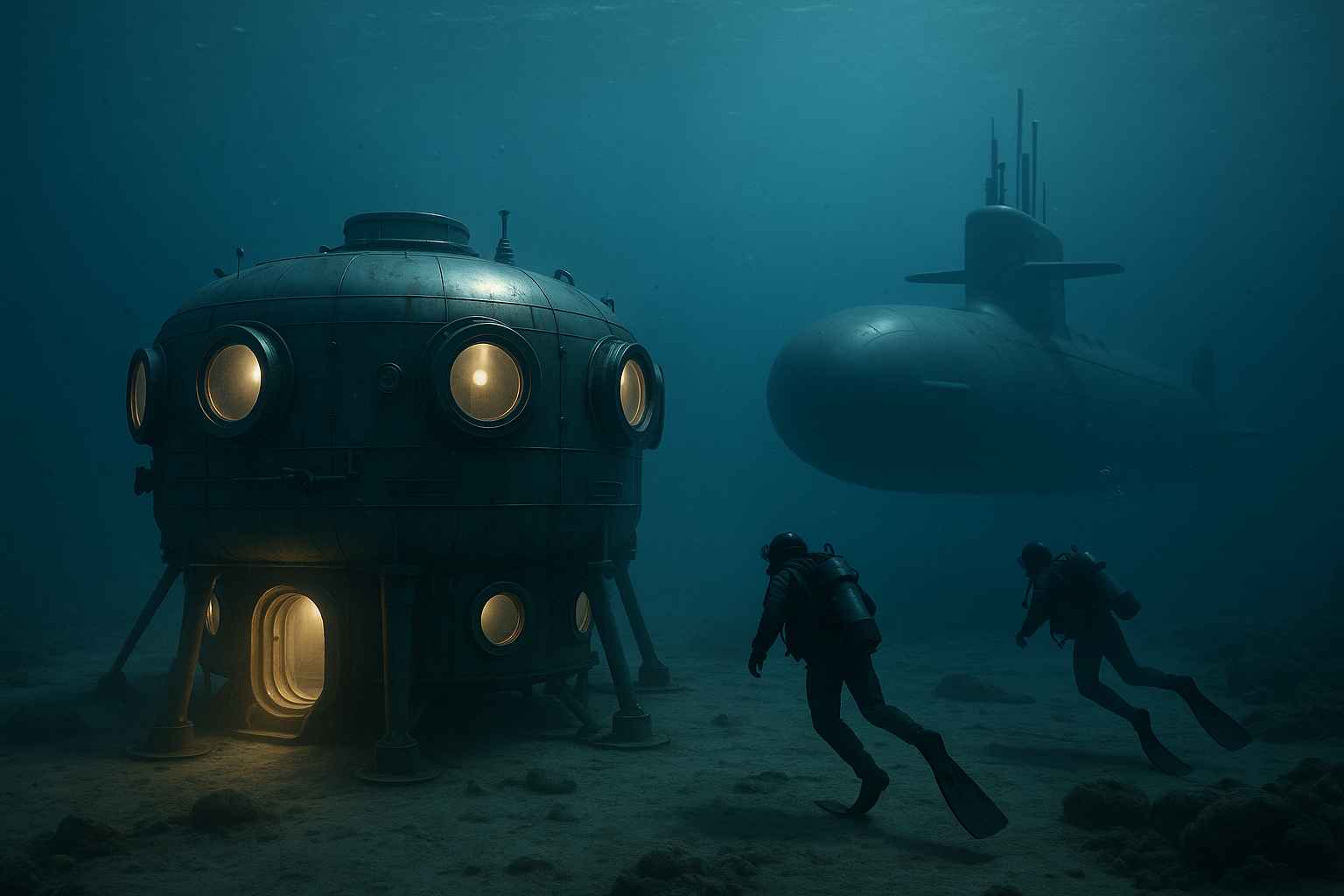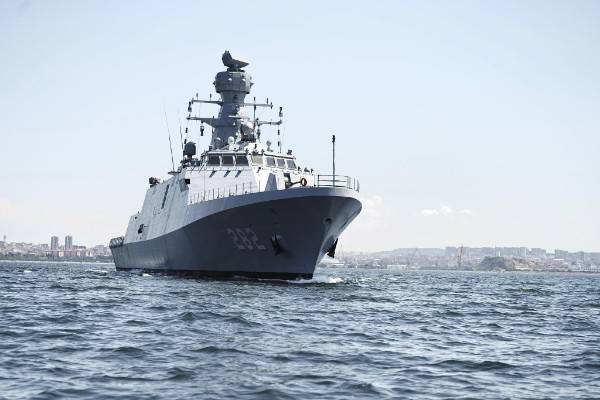As global defense strategies evolve, the oceans are becoming increasingly significant as both a theatre of operations and a frontier for innovation.
While submarines and naval fleets have long played central roles in military strategy, a new element is emerging beneath the surface: permanent and semi-permanent underwater habitats.
These structures, once the domain of marine scientists and deep-sea explorers, are now being explored for their potential to support modern defense operations in ways that are strategic, covert, and technologically advanced.
Strategic Advantages Beneath the Surface
Underwater habitats offer a range of strategic benefits that align closely with modern defense needs. Their location — concealed beneath the ocean’s surface — makes them naturally stealthy, difficult to detect, and resilient to many traditional forms of surveillance and attack.
These habitats could serve as command centers, observation posts, or staging points for special operations, all while remaining hidden from enemy radar and satellites.
Furthermore, the ability to deploy personnel and equipment from a submerged location reduces the need for surface exposure, which can be critical in hostile or high-risk environments.
By extending the duration and reach of underwater missions, these habitats can offer unparalleled operational depth and flexibility.
Innovation and Modularity in Design
The shift towards modular, adaptable design in underwater engineering is particularly relevant in defense applications.
Unlike permanent naval bases, underwater habitats can be modularly constructed, transported, and assembled at depth, allowing for flexibility in their deployment.
This adaptability means structures can be customized for specific missions — from housing personnel to supporting drones and unmanned underwater vehicles (UUVs).
Companies such as DEEP are leading the way in developing such next-generation underwater systems.
Their innovative approach to subsea architecture blends human-centric design, advanced materials, and operational efficiency — elements that can be directly translated to defense contexts.
By focusing on sustainable, pressure-resistant, and long-term underwater habitats, Deep is not only supporting exploration and research but also providing a platform that defense organizations could build upon for secure and discreet operations.
Supporting Special Forces and Submarine Operations
Special forces units often operate under the constraints of stealth, speed, and proximity. Underwater habitats could provide forward-operating bases from which teams can launch, regroup, and resupply without needing to return to surface vessels or land bases.
This capability would be especially advantageous in reconnaissance missions or in conflict zones where surface access is compromised.
Likewise, submarines could use these structures as refueling or resupply stations, expanding their range and operational longevity.
A network of strategically placed underwater habitats could serve as logistical hubs that support extended undersea patrols, allowing for quieter, longer, and more effective submarine missions.
Enhancing Surveillance and Communication Capabilities
One of the greatest challenges in underwater defense operations is maintaining reliable communication. Underwater habitats can act as hubs for acoustic modems, fiber optic lines, and advanced sensor arrays that monitor subsea activity.
This could prove invaluable in monitoring enemy submarines, tracking marine traffic, or protecting key underwater infrastructure like communication cables and offshore energy systems.
Additionally, these habitats could be equipped with advanced sonar, AI-driven surveillance systems, and long-range communication relays, effectively turning them into underwater intelligence outposts capable of gathering and transmitting critical data in real time.
Training and Psychological Conditioning
Modern warfare requires not just physical resilience but also psychological preparedness. Underwater habitats provide a unique environment for training soldiers and divers in extreme, high-pressure conditions.
These facilities can be used to simulate deep-sea missions, test new equipment, and train teams in crisis response without the logistical complications of surface-based simulations.
The isolation and limited space of these habitats also offer opportunities to study group dynamics, endurance, and mental health under duress — critical insights for preparing personnel for extended missions below the surface.
Looking Ahead
As nations continue to invest in next-generation defense technologies, underwater habitats represent a bold and strategic innovation.
With applications ranging from logistics and surveillance to special operations and training, their potential role in the defense sector is vast and largely untapped.
What was once a vision reserved for scientists and adventurers is now entering the realm of defense planning. Through the pioneering work, underwater habitats are being reimagined as strategic assets that can offer both tactical advantages and technological edge in a world where control of the seas is more important than ever.












